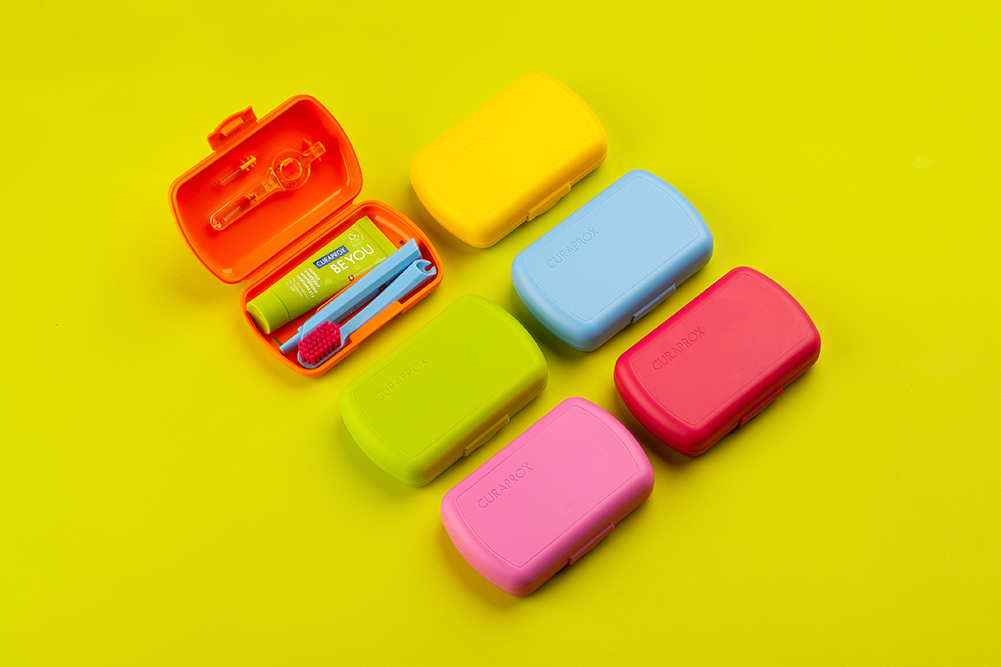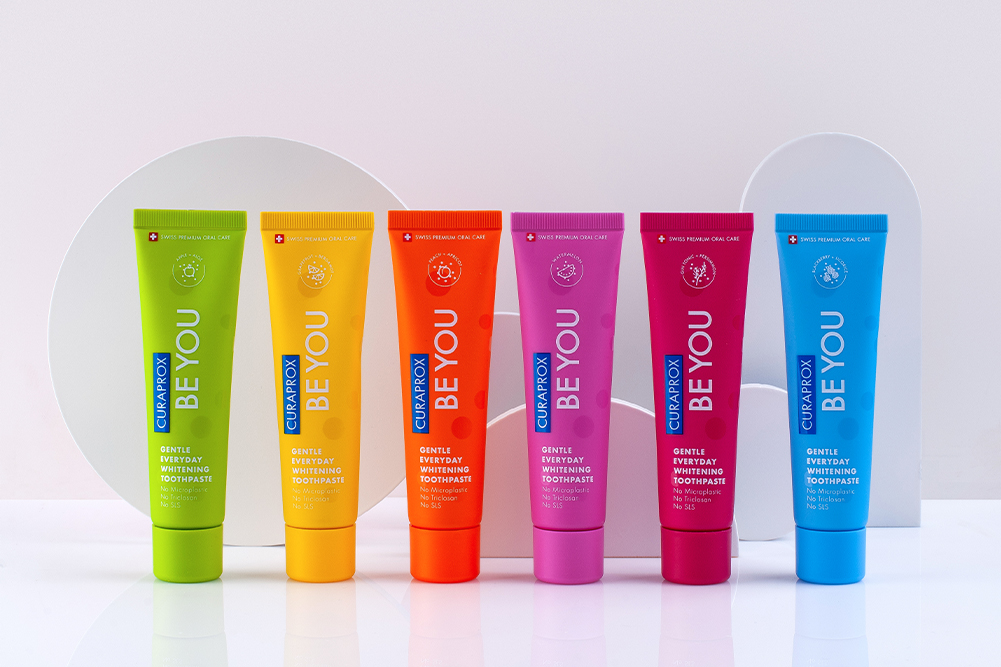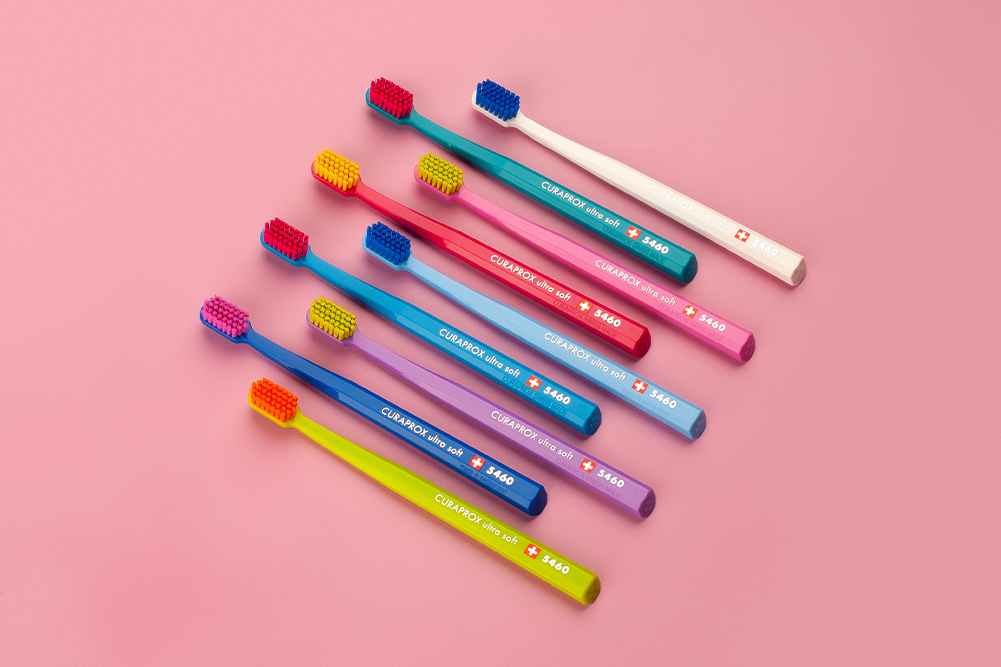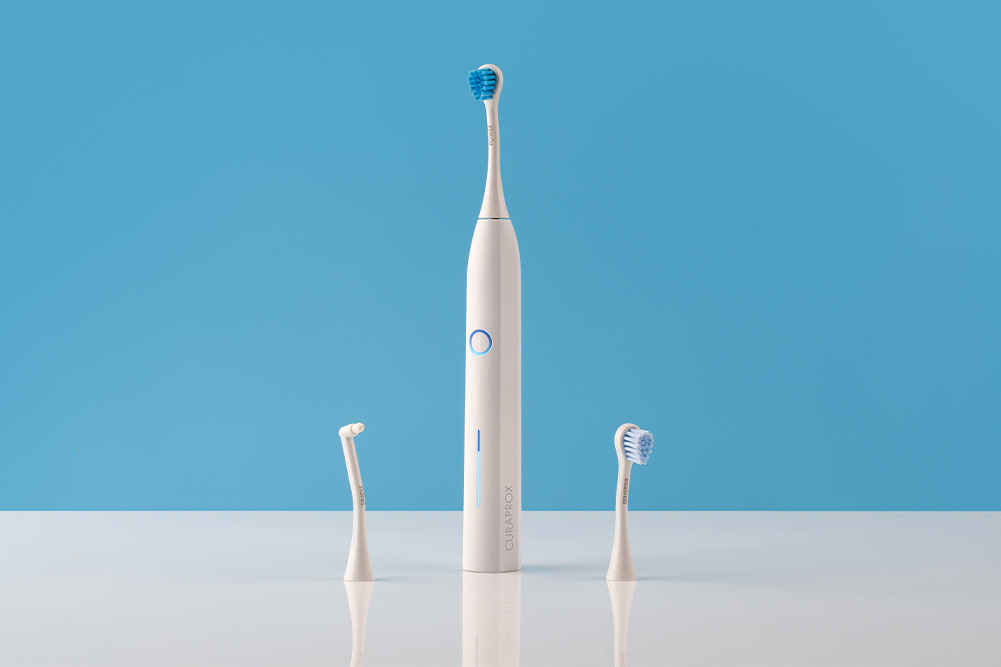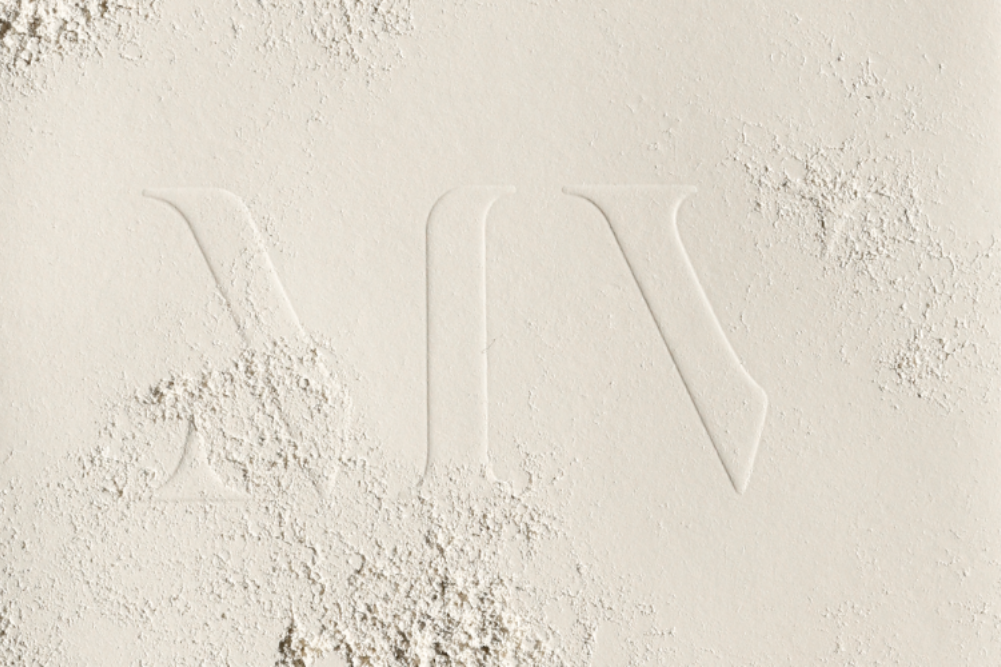Your summer guide to skin protection
We love the sun for its nurturing warmth and long, languid days spent on the beach, but we also feel compelled to shun it for the damage it can do to our skin and health. Skin cancer is on the rise, but the word is out that wearing sunscreen may, in fact, be doing as much damage as the sun itself. Is it all hype or should we be ditching the cream and stocking up on straw hats?
“We rely far too much on sunscreen,” says Associate Professor Michael Kimlin, Director of the Australian Sun and Health Research Laboratory. “It reduces, not removes, the risk of sun damage.” Although sunscreen is thought essential, Michael believes they lull sun lovers into a false sense of security.
“They should be used as a supplement to other protection, including shade, a broad-brimmed hat, sunglasses and tightly woven clothing — and the first line of defence, which should be limiting your time in the sun.” He adds, “Remember, no sunscreen protects against 100 per cent of UV light.”
Understanding SPF
The SPF rating system tells you how much longer your exposed skin will take to burn with the sunscreen on it compared to without it. When properly used, an SPF of 15, for example, protects the skin from 93 per cent of UVB radiation and an SPF of 30 provides 97 per cent protection.
Understanding the meaning of SPF puts sun protection in perspective, says Sydney-based dermatologist Natasha Cook. “SPF only measures protection against UVB rays (shorter solar rays primarily responsible for sunburn and skin cancers), not UVA rays (longer waves responsible for photo-ageing, elastic tissue damage, DNA damage and an increased risk of malignant melanoma).”
Natasha believes products that protect only against UVB rays may encourage unprotected exposure to UVA rays, which are just as damaging. But you won’t be burning, as UVA rays are invisible. Both types of solar rays contribute to skin cancer, so it’s essential that you buy a broad-spectrum product.
Supernatural powers of UVA
Although broad-spectrum sunscreen offers protection against some UVA, we don’t know exactly how much. Scientists have failed to yet establish a universal SPF rating system for UVA because they have yet to agree on a method of measuring the effectiveness of UVA-blocking products.
UVA rays, according to Natasha, have supernatural powers. “These rays can penetrate the windows of an office block and reach you at your desk. They’re also just as active in winter as in summer. This means it’s important to use sun protection all year round.”
* Note: Australian standards are high when it comes to UV protection. All sunscreens approved here must be broad-spectrum.
Slip, slop slap, then do it again
The slip slop slap mantra may have lost some of its resonance. Skin cancer rates are up and evidence suggests that childhood sun exposure contributes significantly to your lifetime risk of skin cancer. According to the Australian Cancer Council, people are generally lax when it comes to applying sunscreen, receiving only 50–80 per cent of the protection stated on the product.
The Cancer Council recommends slathering on one teaspoon per limb, front and back of the body, and half a teaspoon for the face, neck and ears, using a broad-spectrum water-resistant product with an SPF of 30+ and applying it to dry skin 20 minutes before venturing alfresco. Natasha advises a second application to ensure no patches of skin are missed.
Preserving your complexion
Sun avoidance saves your complexion, too, says Natasha who attributes 90 per cent of premature ageing of the skin to broad-spectrum UV damage (think plump, juicy fresh apricot and then sun-dried apricot), manifesting in loss of elasticity, wrinkles, pigmentation, skin dullness and age spots.
Unfortunately, for Australians, our foreign friends have a much greater chance of maintaining youthful skin. Professor Kimlin says, “UV levels in Australia are extreme. Winter-time levels of UV in Brisbane are greater than in summer time in the Netherlands.” He adds, “We have the highest incidence of skin cancer in the world. One in two Australians will be diagnosed with skin cancer in their lifetimes.”
Sunscreen safety
The Environmental Working Group (EWG) in the US believes the hike in skin cancer is not from just sun exposure alone. A study done at the University of California showed that the longer certain chemical sunscreens (that work by absorbing UV rays and turning it into supposedly harmless thermal energy), including the popularly used oxybenzone, remained on the skin, the more cancer-causing free-radical damage occurred. Many chemical sunscreens contain, as UVA and UVB blockers, 2–5 per cent compounds such as avobenzone, benzophenone and oxybenzone as the active ingredients. Benzophenone (and similar compounds) is one of the most powerful known free-radical generators.
Leading skin cancer specialist Dr Sheldon Pinnell says these sunscreens allow solar radiation into the bloodstream where they may create harmful free radicals. Adding to the problem is the fact that large amounts of applied sunscreens can enter the bloodstream though your skin. As early as 1978, American professor Howard Maibach warned that up to 35 per cent of sunscreen applied to the skin can pass through it and enter the bloodstream.
Other researchers have theorised that this may be a factor in the large increases in cancer (breast, uterine, colon and prostate). Certainly, some studies, such as a 1994 paper published in the Journal of the National Cancer Institute in the US, have shown a higher rate of melanoma among men who regularly use sunscreens and a higher rate of basal cell carcinoma among women using sunscreens.
Another study done at the University of Zurich’s Institute of Pharmacology and Toxicology found that some chemical sunscreens are easily absorbed by the body and can disrupt hormones with their oestrogenic activity. In addition, parabens used as preservatives in many sunscreens have recently been demonstrated to make skin cells more vulnerable to the damaging effects of UV.
Safe sun protection
What are the safe alternatives? The safest sun blocks, according to the EWG, are physical sun blocks including zinc oxide and titanium dioxide, minerals that are as old as the earth itself. These work by reflecting UV rays, and both naturally offer broad-spectrum protection. Zinc oxide is said to protect the skin from UVA almost as much as UVB — the ration is close to 1:1.
In their natural state (think lifeguard with white zinc on the nose), these sun blocks are very effective, but to create a more desirable cosmetic, some manufacturers have used nano technology to break down the particles to sizes below 100 nanometres (a nanometre is one-millionth of a millimetre) to give a translucent appearance. There is concern that these small particles may enter the body and do damage.
Professor Samuel Epstein of the University of Illinois at Chicago School of Public Health, chairman of the Cancer Prevention Coalition, believes they may absorb UV light in the same way as chemical sunscreens rather than bouncing it away from the skin, which would raise the risk that they, too, could transport solar radiation into our bodies.
Although debate on their safety continues, the Australian Government Department of Health and Ageing has concluded they are safe: “Current evidence indicates that these titanium dioxide and zinc oxide nanoparticles remain on the surface of the skin.”
The perfect compromise, according to Natasha, is micronised zinc oxide (particles are reduced to one-thousandth of a millimetre). “They are greater in form than nano particle size, so can’t be absorbed, but are still invisible, offering a better aesthetic than the age-old zinc cream.” She adds, “Alongside titanium dioxide, zinc oxide is least likely to cause an allergic reaction.”
The effect of ozone depletion is also raised as a possible factor in the rise in the incidence of skin cancers. A 1 per cent decrease in ozone will result in a 2 per cent increase in ground UVB levels. Michael blames climate change for the hike in cancer rates: “It is changing our behaviour — as the weather warms up in areas with traditionally colder climates, people are getting out into the sun more.”
Topical antioxidants
Applying antioxidants in cream or serum form (or you may find them in a sunblock) to your skin can also help protect it from UV. Virtually all plants protect themselves from the sun using antioxidant vitamins C and E. Other sources of antioxidants that may offer photo protection when applied topically include calendula, grapeseed extract, betacarotene, co-enzyme Q10, green tea, retinyl palmitate, beta-glucan and ferulic acid.
According to a study, led by Dr Christian D Mnich of the University Hospital of Zurich, topical application of the green tea extract at 0.4 per cent over a five-week period exhibited significant photochemoprotective effects. Studies show that zinc oxide may also have topical benefits as an antioxidant.
Olive has also been shown to protect the skin from future tumours if applied to the skin on a regular basis. Olive oil is also high in antioxidants. Certain oils and butters such as unrefined sesame oil, rice bran oil, jojoba oil and shea butter boast low SPF levels of 4–8.
Sit under a tree
Sitting under the canopy of the right tree will help protect you from the sun’s rays. An oak tree provides an SPF of 10–20, an elm or sycamore SPF 30 and a dense pine forest SPF 100.
Does sunscreen protect you from melanoma?
There is evidence that sunscreen can protect you against squamous cell cancer, but not against basal cell cancer or malignant melanoma. However, it makes sense that if they protect the skin against DNA damage, then they would probably help protect the skin against this type of cancer.
Internal SPF
It may be worth drinking carrot juice and eating a piece of spinach pie before going out into the sun. Studies show that diet can increase your natural SPF. The Cancer Council says that by eating well and exercising regularly you can reduce your risk of cancer by 25 per cent. Vegetables and fruit contain natural substances (such as antioxidants) that can destroy cancer-causing agents (carcinogens) and slow down the growth of cancer cells. The recommendation is two serves of fruit and five serves of vegetables a day. Other foods that boast protective antioxidants include green tea, olive oil, wholegrain products, nuts, seeds, and legumes.
A West German study found a link between skin cancer and low levels of selenium. Another study published in the prestigious Journal of the American Medical Association showed that men and women taking selenium supplements for 10 years had a 41 per cent decreased risk of sun cancer compared with study participants taking a placebo. Selenium is found in brazil nuts, cashew nuts, seafood and asparagus.
Adding a few slices of lemon peel to your cup of tea or grated lemon rind in food may help. Researchers at University of Arizona reported that consumption of lemon peel was associated with a 34 per cent reduction in squamous cell skin cancers. Other important antioxidants are vitamins E, C and A for protection and repair from UV damage.
Essential fatty acids are also crucial to reducing the damage to the skin induced by UV, especially omega-3s found in flaxseed, nuts and cold-water fish such as sardines and salmon.
What about vitamin D?
The sun allows your body to produce vitamin D, which helps to protect against various types of cancer (ironically, including melanoma) and other chronic diseases. It’s also very important for maintaining bone density. Levels needed are achieved through regular daily activity and incidental exposure to the sun. Studies conducted at the Queensland University of Technology show that incidental exposure is enough. Michael Kimlin says sufficient vitamin D is obtained by exposing your face, arms and hands to the sun for a few minutes on either side of the peak UV periods on most days of the week.
Plus, a little ray of sunshine releases feel-good hormones into the body.
Finally, it must be said that artificial tanning beds and sun lamps also produce UV rays, so they are not considered a safe alternative to sun baking. Fake tans are a better option, and can give a sun-kissed look, the down side being they often contain unhealthy chemicals.
Sunscreen damage to coral reefsAccording to a study by the European Commission, chemical sunscreens pose a threat to coral reef destruction. They are endangering the coral reef because of the bleach pollution they create, in turn affecting the coral reef food chain. According to the World Trade Organization, an estimated 4000–6000 tonnes of sunscreen are released annually into the reef areas, with 25 per cent of the sunscreen ingredients on skin released into the water over the course of a 20-minute submersion. Chemical sunscreens are made of approximately 20 compounds acting as UV filters and preservatives. Seven were tested for the study, including parabens, cinnamates, benzophenones, oxybenzone and camphor derivatives. Zinc and titanium dioxide also pose other risks to the environment, but zinc oxide in cosmetics is mostly synthetically reproduced, so not mined. |
Carla Oates is a natural Beauty expert and the author of Feeding Your Skin.

